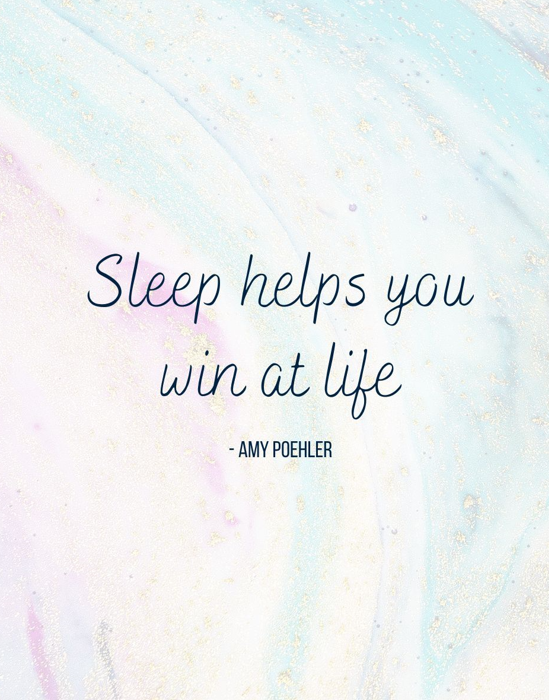Dreaming and REM Sleep
We typically spend more than 2 hours each night dreaming. Scientists do not know much about how or why we dream. Sigmund Freud, who greatly influenced the field of psychology, believed dreaming was a “safety valve” for unconscious desires. Only after 1953, when researchers first described REM in sleeping infants, did scientists begin to carefully study sleep and dreaming. They soon realized that the strange, illogical experiences we call dreams almost always occur during REM sleep. While most mammals and birds show signs of REM sleep, reptiles and other cold-blooded animals do not. REM sleep begins with signals from an...

